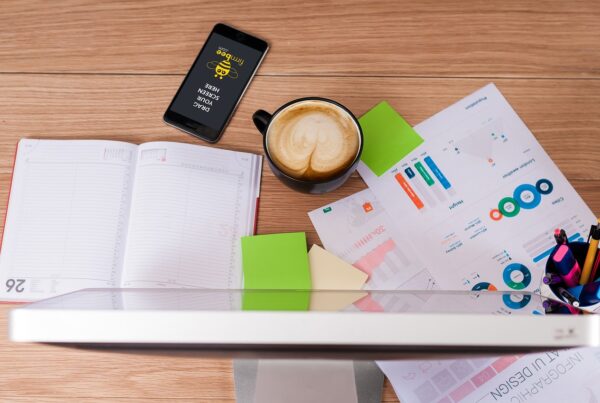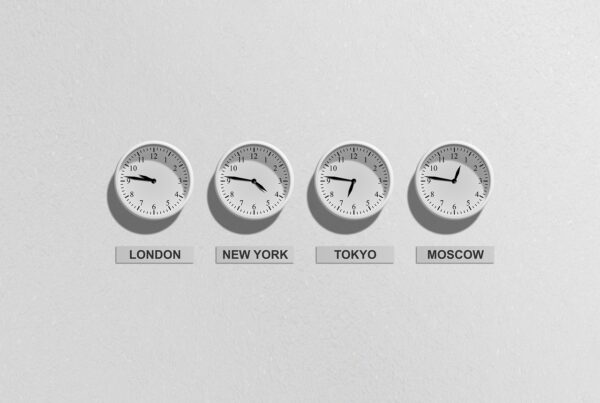Why You Need to Use Mirrors?
Since you read from left to right, your content should be on the left so learners can naturally read left to right, top to
bottom. This is true most of the time, but occasionally you might want to use mirrors to wake the learner up. Mirrors
is a term used to describe shifting the positions of the graphics or pictures to the opposite side of the screen from
where they were positioned in the previous screens. This should be done about every three to five screens. It has the effect of a cognitive wake-up call.
Mirrors are an effective way to wake up your learners, particularly with PowerPoint, but it works just as well with print layout. The brain quickly gets used to seeing things one way, and after a few screens it expects to see things in the same position and displayed in the same way. This feels comfortable for the learner—sometimes a little too comfortable—and the same alignment of every screen can get boring very quickly. The good news is that you as the designer can mix it up by using mirrors, a technique that involves flipping the graphics and the text. A mirror is nothing more than a cognitive switch, a flip flop of text and/or graphics, to create a “wake-up call” to the brain that says, “Hey there; look at me. I want your attention because I am a little different.” Because the eye gets used to alignments quickly, on about every three screens you need to flip the placement of the graphic and the text. This use of mirrors acts as a cognitive wake-up call to the brain that says, “Ah-ah! A new alignment pattern is on this screen. I’d better pay attention to it.”
Mirroring is positioning the text and graphics on opposite sides …it wakes up the brain.




